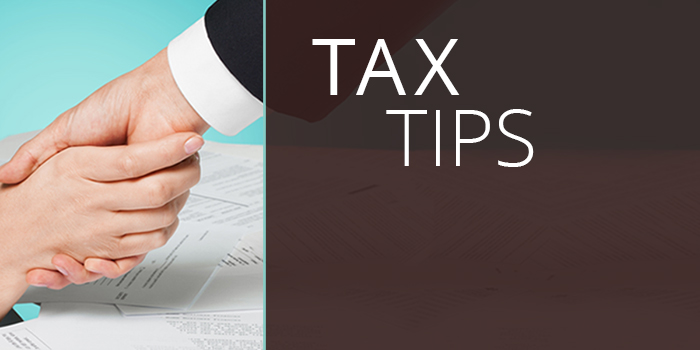Small business owners are reminded to review the rules for filing two commonly-used employment tax returns: Form 944, Employer’s Annual Federal Tax Return and Form 941, Employer’s Quarterly Federal Tax Return.
A small business files one or the other; these two forms are not interchangeable and the employer should never flip-flop between the two forms on their own. They should always file in accordance with their designated filing requirements. Let’s take a look at the differences between these forms.
Form 944, Employer’s Annual Federal Tax Return
This form is for our smallest employers to file and pay the above-mentioned taxes only once a year, instead of quarterly. While this form is intended for employers who owe $1,000 or less, employers can’t file Form 944 unless they receive official IRS notification that they are eligible to do so.
Once the employer receives notice they can file Form 944, they must file this form every year. They must continue to file Form 944, regardless of the tax they owe, unless the IRS notifies them differently.
Form 941, Employer’s Quarterly Federal Tax Return
Employers use Form 941 to report income taxes withheld from employee’s paychecks and pay the employer’s portion of Social Security or Medicare tax. In addition, if the IRS advises the employer to file Form 941 quarterly return, they must do so.
If you’re a small business owner who isn’t sure which form they should file, don’t hesitate to call.

